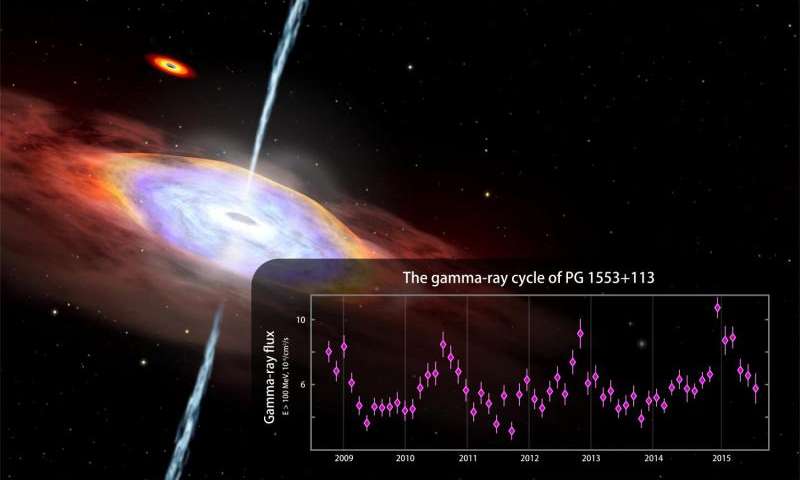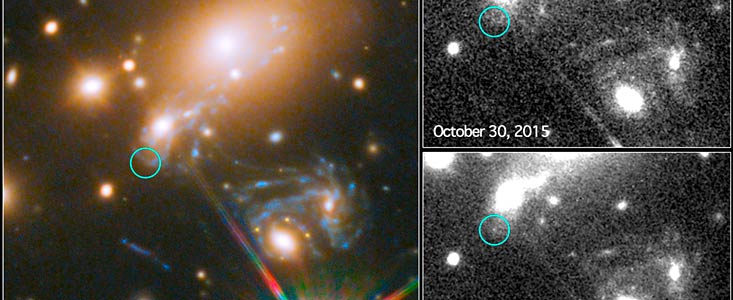Tag Archives: NASA

See Photos From the Apollo Space Missions Through Astronauts’ Eyes
These never-before-seen images provide a new perspective on the iconic mission.
Click here or the picture to see the photos: See Photos From the Apollo Space Missions Through Astronauts’ Eyes
NASASunEarth on Twitter: “Coming up on Tuesday, Oct. 25: the 10th anniversary of the launch of STEREO, a key piece of our sun-watching fleet. https://t.co/xMTwA3Bdh6 https://t.co/bLP0fjhLGQ”
Coming up on Tuesday, Oct. 25: the 10th anniversary of the launch of STEREO, a key piece of our sun-watching fleet. https://t.co/xMTwA3Bdh6 pic.twitter.com/bLP0fjhLGQ
— NASASunEarth (@NASASunEarth) October 21, 2016
NewSpace NYC and NY Society of Security Analysts – A New Space Age Race: Interplanetary Investments
Three observations from tonight:
1) EVERYONE wants to be a leader but most are not visionaries.
2) A few are visionaries but lack the leadership, business skills and/or chutzpah to make it happen.
3) Then there are the very few with both vision and chutzpah to make it happen. But, they are not just the Musks or Bezoses, they are the smaller pioneers, some of whom I met tonight, and they are the key for getting to and crossing the tipping point to a vibrant commercial space industry/economy.

Caught in the act | ESA/Hubble
The NASA/ESA Hubble Space Telescope has captured the image of the first-ever predicted supernova explosion. The reappearance of the Refsdal supernova was calculated from different models of the galaxy cluster whose immense gravity is warping the supernova’s light.
Caught in the act | ESA/Hubble
Fermi mission finds hints of gamma-ray cycle in an active galaxy

Astronomers using data from NASA’s Fermi Gamma-ray Space Telescope have detected hints of periodic changes in the brightness of a so-called “active” galaxy, whose emissions are powered by a supersized black hole. If confirmed, the discovery would mark the first years-long cyclic gamma-ray emission ever detected from any galaxy, which could provide new insights into physical processes near the black hole.
Fermi mission finds hints of gamma-ray cycle in an active galaxy





















